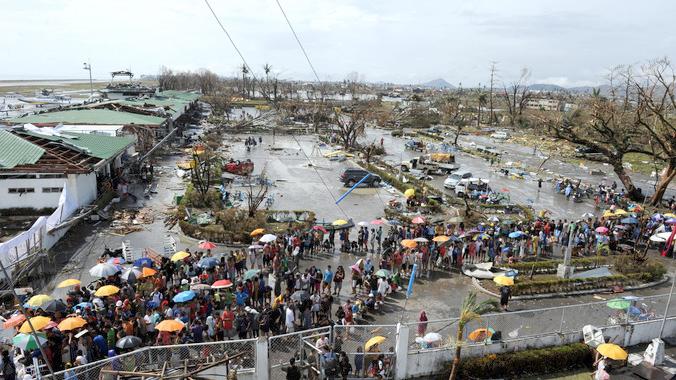Events Week of 12 – 18 November 2013
A roundup of events we think our readers may find interesting. Inclusion does not equal  endorsement, all descriptions are the events’ own. Think of one we should include? Email Grant at operations@cimsec.org.
endorsement, all descriptions are the events’ own. Think of one we should include? Email Grant at operations@cimsec.org.
12 November 2013 – Washington, DC – The Atlantic Council – “NATO’s Deterrence and Collective Defense”.
13 November 2013 – Washington, DC – 10th Annual Disruptive Thinkers Technologies Conference
14 November 2013 – India – The Diplomat – “International Conference on Future Challenges in Earth Sciences for Energy and Mineral Resources”.
14 November 2013 – Washington, DC – Foundation for Innovation and Discovery – “Implementing Innovation”.
14 November 2013 – Washington, DC – Brookings Institute – “Israel’s Economy and Security in a Changing Middle East”.
14 November 2013 – Washington, DC – Carnegie – “China’s Views on Prompt Global Strike”
14 November 2013 – Washington, DC – SAIS-JHU – “History, Sovereignty, and International Law: China’s East China Sea and South China Sea Territorial Disputes and Implications for Taiwan”
15 November 2013 – Washington, DC – Atlantic Council – “Cyber Conflict and War: Yesterday, Today, and Tomorrow”
16 November 2013 – India – The Diplomat – “Global Maritime International Conference”.
18 November 2013 – Washington, DC – Hudson Institute – “Magnificent Delusions: Pakistan, the United States, and an Epic History of Misunderstanding”.
Longer-Term
20 November 2013 – Washington, DC – Brookings Institute – CIMSEC’s DC Chapter Monthly Informal Meet-up at Bluejacket Brewery
20 November 2013 – Brisbane, Australia – Royal United Services Institute of Australia – “Veils, Boots, and Bullets – Australian Military Nurses”
21 November 2013 – Sydney, Australia – Lowy Institute for International Policy – “The Future of American Policy in the Asia Pacific Region
21 November 2013 – Washington, DC – Hudson Institute – “Taiwan and the US: Shared Strategic Interests”
25 November 2013 – Washington, DC – Cato Institute – “Rethinking U.S. Nuclear Weapons Policy”.
25 November 2013 – London – King’s College – “Russia and the Caspian Sea: Projecting Power or Competing for Influence?”
26 November 2013 – Canberra, Australia – Kokoda Foundation – “Researching Australia’s Future Security Challenges”
03 December 2013 – Washington, DC – CSIS – “World Energy Outlook”
10 December 2013 – Washington, DC – USNI – 2013 Defense Forum Washington: Shaping the New Maritime Strategy and Navigating the Budget Gap Reality.
17-18 December 2013 – Washington, DC – Center for Strategic and International Studies – PONI Series: The PONI Conference Series, now in its tenth year, offers an opportunity for rising experts in the field to present findings from their research in order to advance the broader discussion on nuclear weapons issues. It also seeks to provide a venue for interaction among people from different sectors and for mid-career and senior members of the community to mentor their junior counterparts.
14-16 January 2014 – Washington, DC – Maritime Administration – “National Maritime Strategy Symposium: Cargo Opportunities and Sealift Capacity”.




